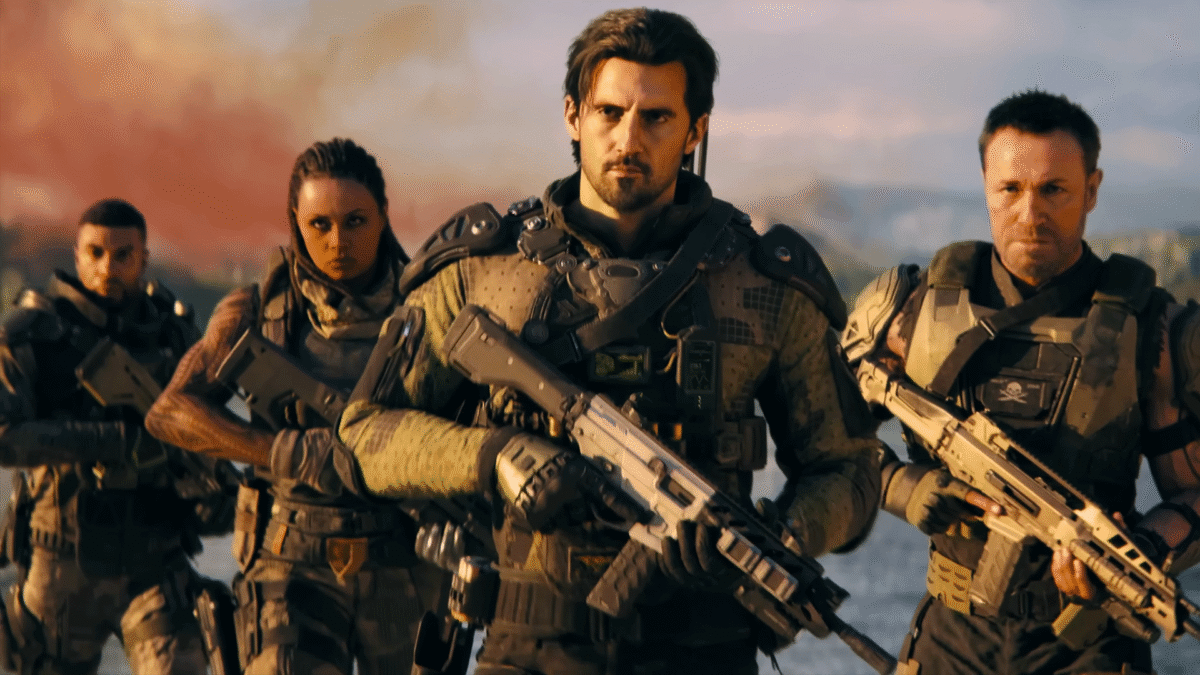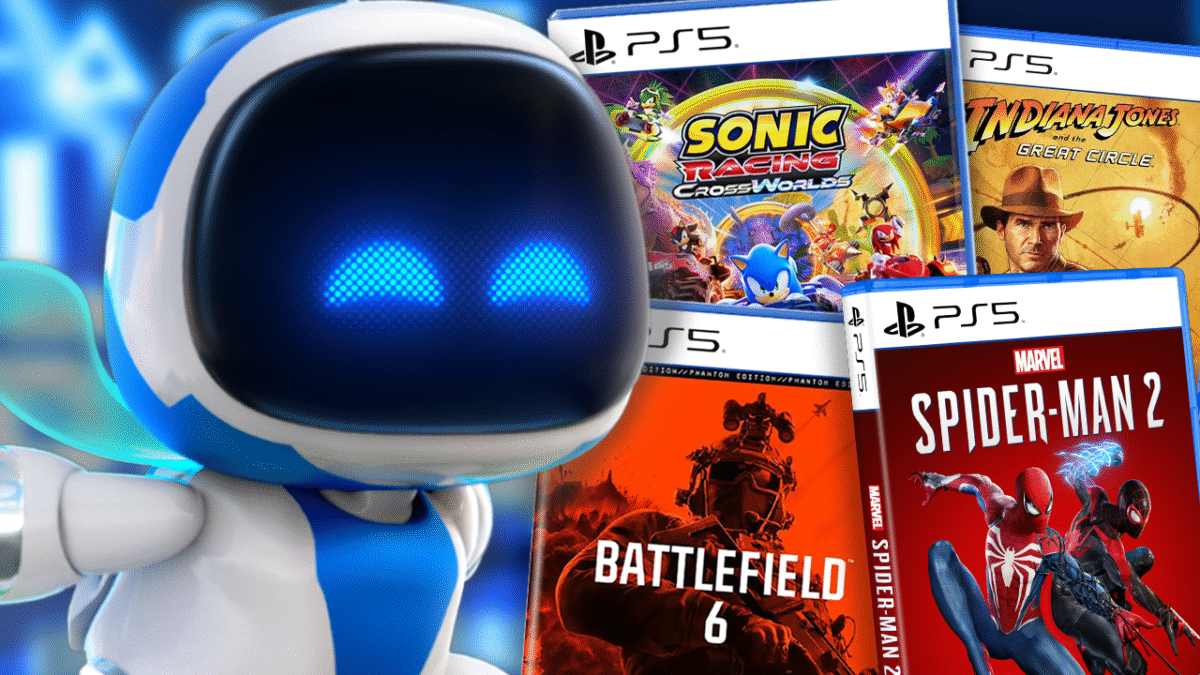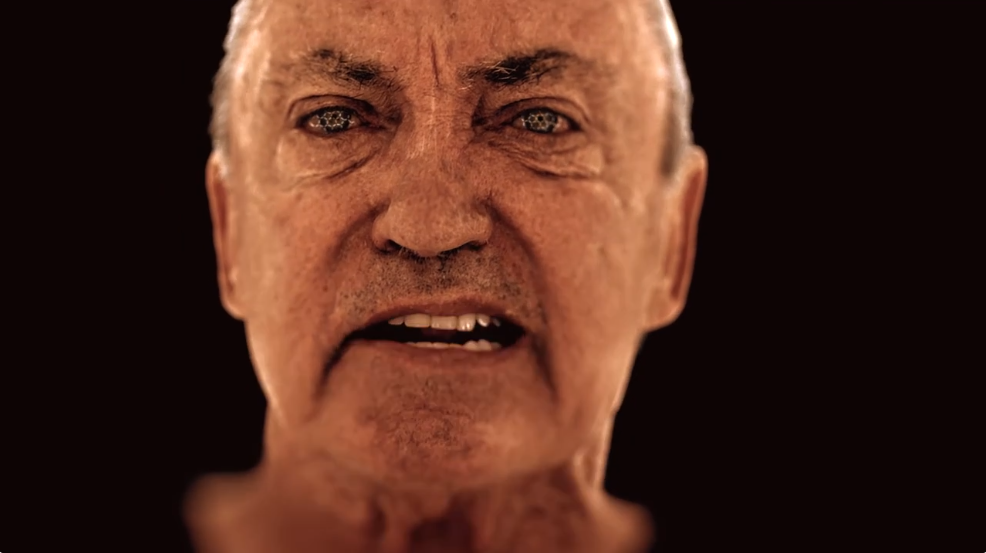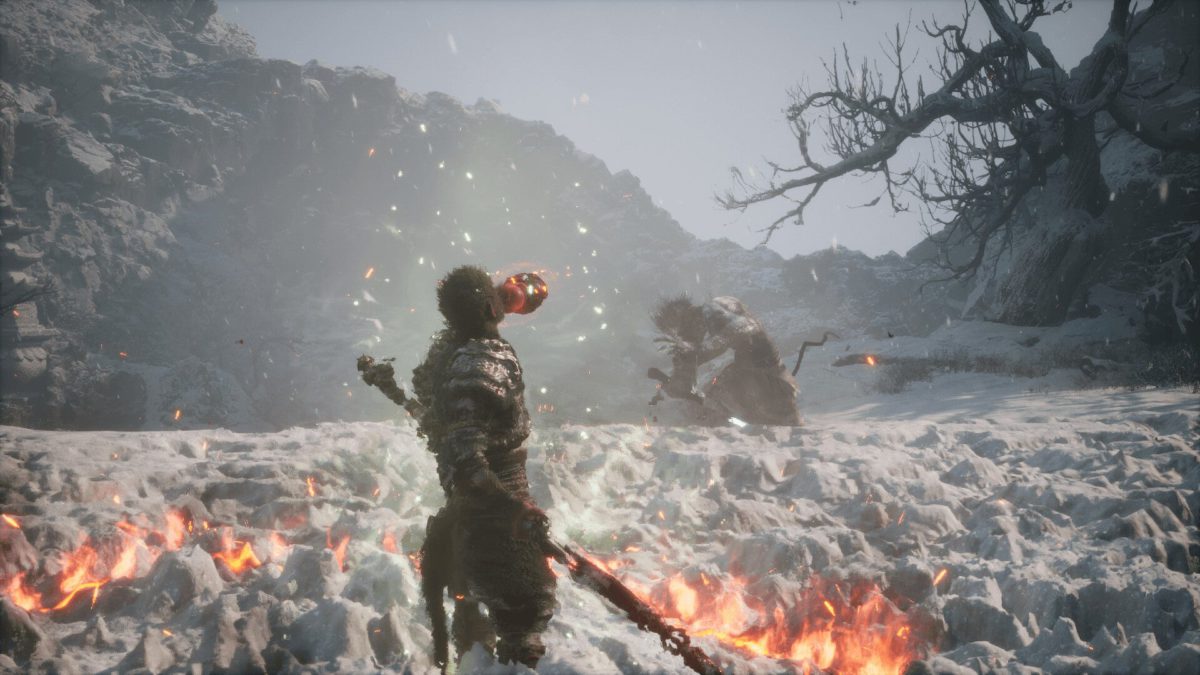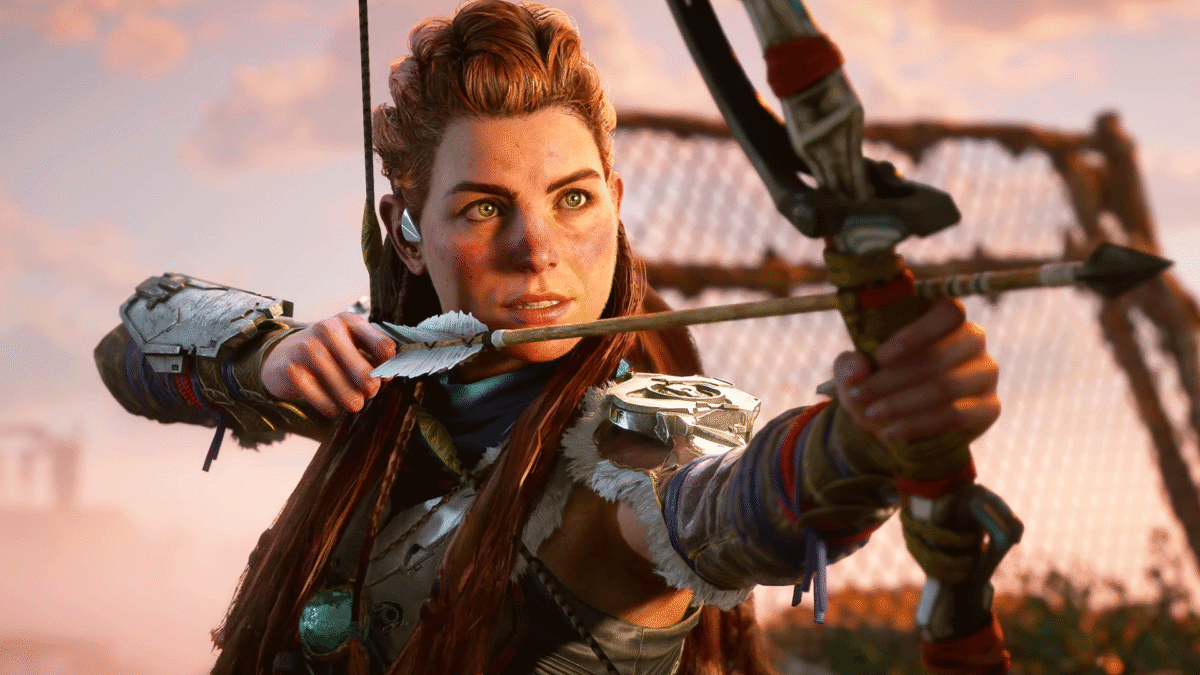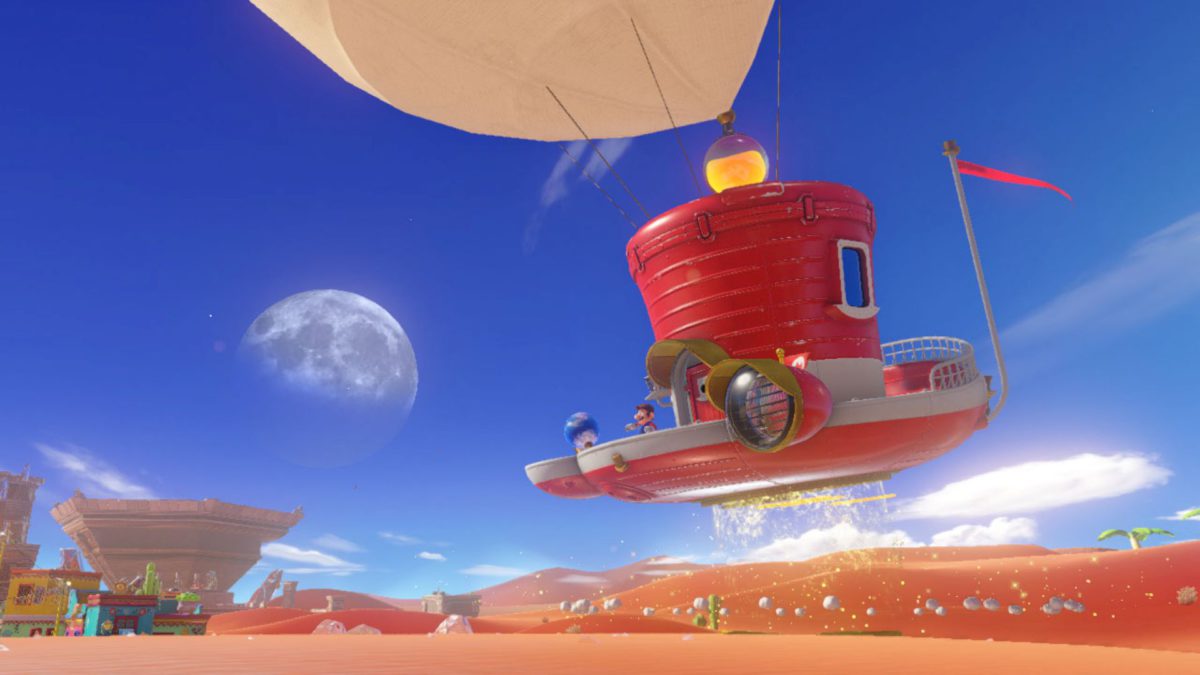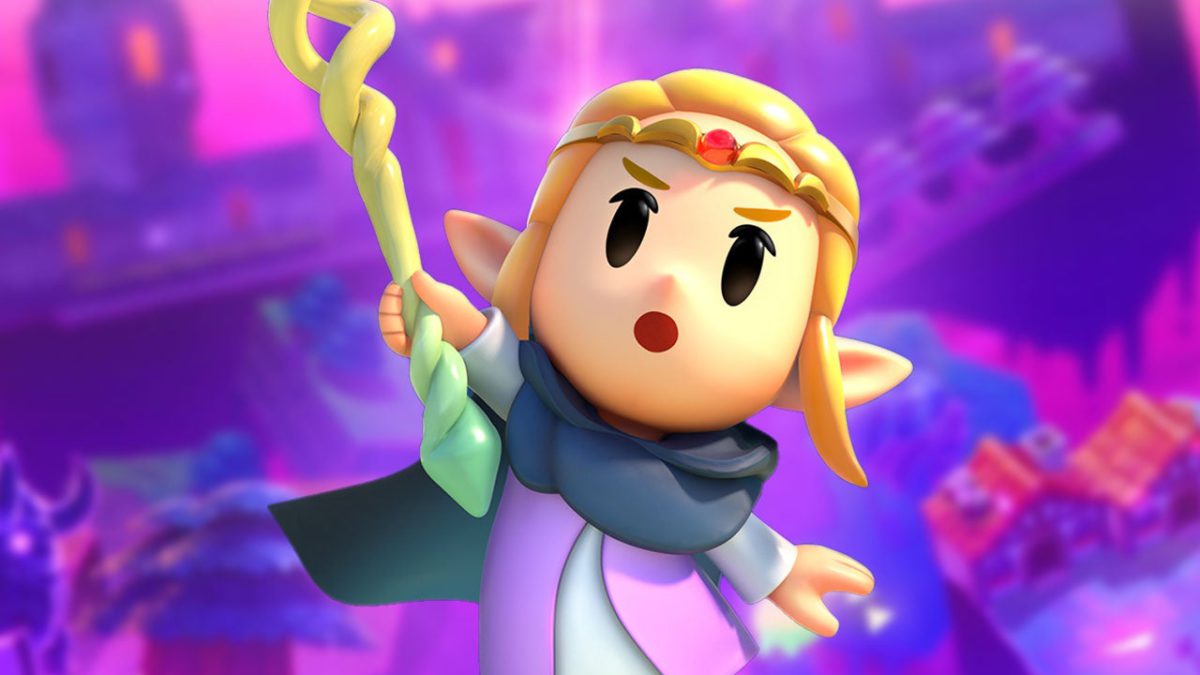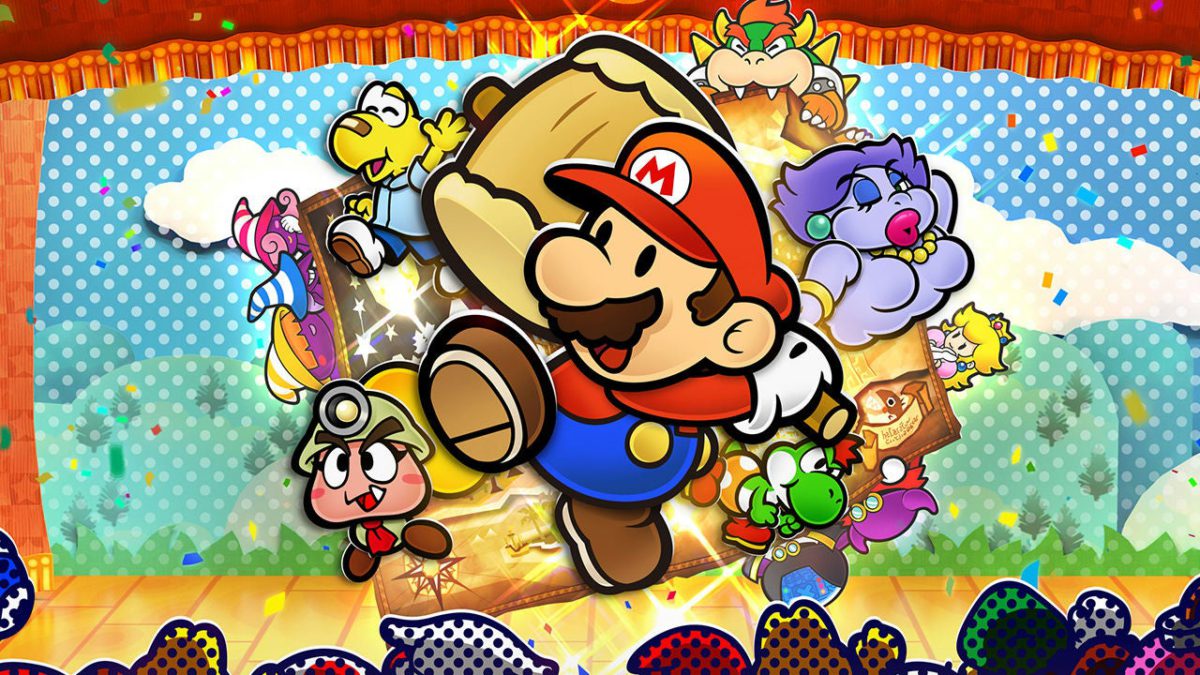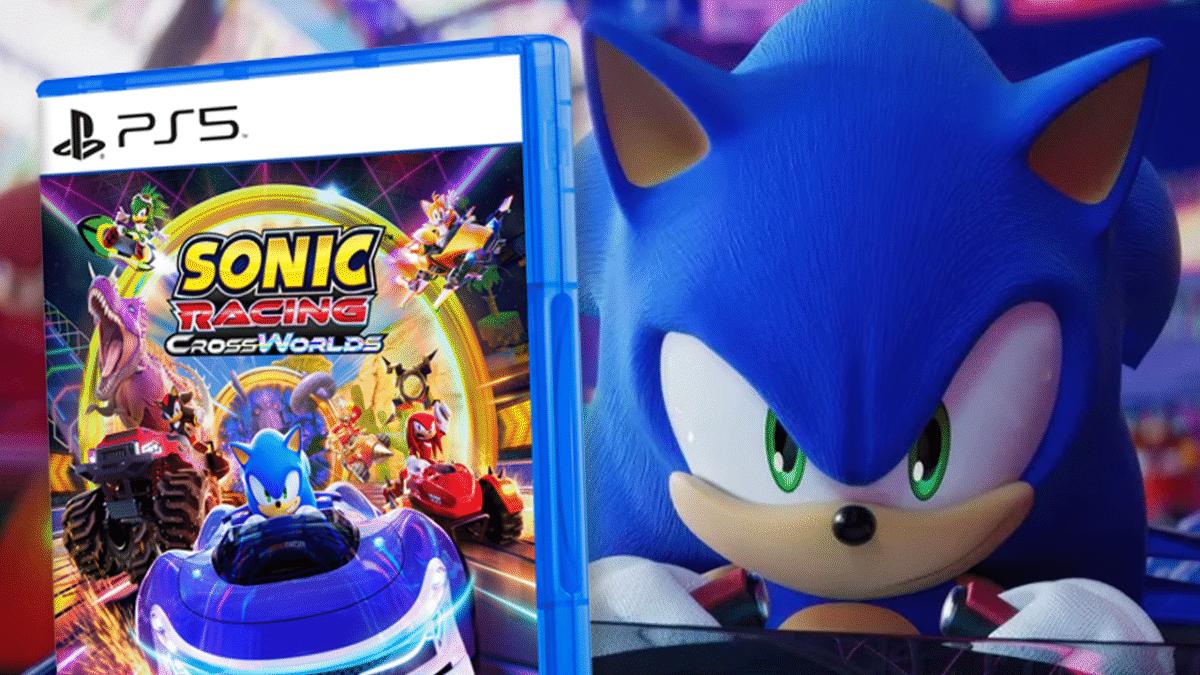
The performance of Call of Duty: Black Ops 7 is starting to come into focus, with sales data suggesting it’s struggling not just against rival shooter Battlefield 6, but also last year’s Black Ops 6.
The Game Business reported that Black Ops 7’s European launch saw opening week sales down 63% versus the blockbuster Battlefield 6 during the equivalent launch periods for each shooter. Black Ops 7 is also down by more than 50% versus Black Ops 6, The Game Business said.
There is an important context that must be considered when discussing Black Ops 7 sales. For example, there are Black Ops 7 sales made across various online stores that make it hard to take data from one store only, such as Steam, and use it to make a call on a game’s success either way (Call of Duty releases on Battle.net, for example).
And of course Black Ops 7, like all Microsoft games, launched day one on Game Pass. Downloads made via subscription services are not tracked here, and Microsoft has yet to announce any significant boost to Game Pass as a result of Black Ops 7’s launch. For all we know, Black Ops 7 hit its targets in terms of Game Pass subscriptions. And what even is success for Call of Duty these days in the context of Game Pass?
Meanwhile, much is made of Steam concurrents, where Black Ops 7’s launch appears to have fallen flat compared to Black Ops 6’s. Last year, Black Ops 6’s launch propelled the Call of Duty app on Steam to a peak player count of 315,000 on Steam. Black Ops 7 boosted the Call of Duty app to just above 100,000 concurrents. But Steam, too, does not paint the full picture of a game’s playerbase, given neither Microsoft nor Sony make player numbers public.
Of course, Black Ops 7 has had a big challenger this year from Battlefield 6, and it does indeed look like the tide has turned, at least at launch. Battlefield 6 secured the biggest opening ever in the Battlefield franchise, selling over 7 million copies in just three days. Microsoft — or Activision Blizzard — has yet to announce a sales number for Black Ops 7, nor has it announced a player number or even vague engagement stats, which is more surprising. Last week, Activision released a statement thanking players for their “great response” to the game, which was presumably more about Multiplayer and Zombies than it was the Campaign.
Thank you to our community and developers. This is just the start #BlackOps7 🔥 pic.twitter.com/dWDt6Jvpx0
— Call of Duty (@CallofDuty) November 17, 2025
Adding to the brutal competition is the breakout hit that is Arc Raiders, which is doing fantastically well, too. Embark Studios’ extraction shooter has sold over 4 million copies worldwide and had a peak of over 700,000 concurrent players across all platforms since its launch in late October 2025. Arc Raiders Steam concurrents are actually growing, suggesting sales are continuing at a steady pace.
All in all, Black Ops 7 had a “terrible” launch, The Game Business’ chief Chris Dring said in a post on social media. Oh, and that down more than 50% figure on Black Ops 6 is in fact down more than 60%. Anecdotally, there’s certainly a feeling among some Call of Duty players that Battlefield 6 and then Arc Raiders stole Black Ops 7’s thunder. Getting in ahead of Black Ops 7 was crucial for Battlefield 6, and there are many Call of Duty fans who jumped ship and then skipped Black Ops 7 as a result. But it must be remembered that Call of Duty remains a gaming behemoth, regularly tops player number charts, and it’s come through sales disappointments (Vanguard and Infinite Warfare say hi) before. All eyes are on U.S. sales data for November, where we’ll hopefully get more evidence of Black Ops 7’s sales performance domestically.
Thoughts now turn to 2026’s Call of Duty. It seems unlikely that Microsoft and Activision will give the annualized franchise a year off, so will we see another Modern Warfare game? A return to World War 2? Or something completely different? With the threat of GTA 6’s November 2026 release date casting a shadow over Call of Duty and everything else that dares to go up against it next year, things aren’t going to get any easier for Activision.
Wesley is Director, News at IGN. Find him on Twitter at @wyp100. You can reach Wesley at wesley_yinpoole@ign.com or confidentially at wyp100@proton.me.

